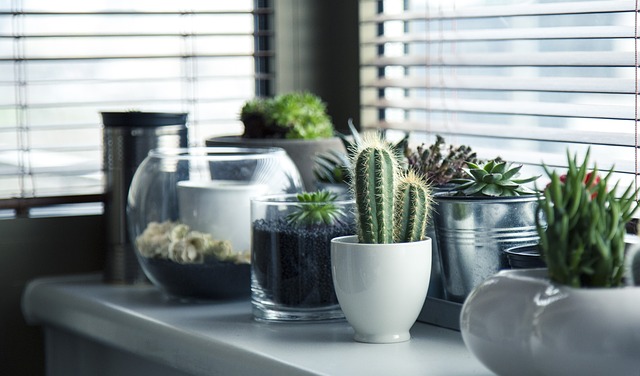Indoor Gardening for Amateurs: Some Basics You Should Know
Some people are blessed with a natural green thumb while others take a lot of trial and error to figure things out. That is why you need some indoor gardening basics to give you the best chance to grow attractive plants. You can save yourself some of the hassles by understanding the principles of what is going on above and below the dirt. So here’s a quick guide to help you out on promoting healthy growth even as a beginner. Before that here are some basics about plants
What do plants need and how do they grow?
You can buy a plant from any store or acquire it while it is fully grown. I don’t plants need different care then saplings. Growing plant from the seed is also a very wonderful process and it’s pretty easy too.
There are several stages of plant growth; the first is the seed. At this stage, they won’t grow until the conditions are exactly right. Seeds are also viable for years so you need to Store them in a dry airtight location. Next comes germination where they need water and warmth to grow. Next, come vegetation where light needs to reach them for them to grow bigger. There are also hungry for nitrogen at this stage. Next comes the reproductive phase where the plant growth is dedicated to flowering or reproduction.
How to start an indoor garden
There are a lot of different types of indoor gardening. Before you start gardening, you have to ask yourself what you want to grow, figure out how much space you have and how much you will need and finally make a budget of what you are willing to spend.
Indoor gardening basics
Generally, greens are the best ways to start indoor gardening as they require the least care. You just need a bright window and A system so that you can grow tomatoes, broccoli, papers, read crops and ornamental. Other considerations that you have to make are heating and lighting.
Cool-weather plants such as green leafy vegetables require temperatures of 50°to 70°.
Warm weather plans such as tomatoes or papers require temperatures of 60° to 80°.
You will also need supplemental heat. Indoor air is very dry in the winter so you have to raise the humidity too during those seasons.
Most plants also need an optimal amount of sunlight. At least 10 hours of sunlight a day can help your tree grow well. You will also need to add artificial lighting during the night.
There are also three ways to grow indoors in winters: in containers, aquaponics and hydroponics.
In containers
you can grow those pots of herbs on a windowsill Using a basic container. You will need a well-draining medium like a pot with holes in the bottom and a tray to collect extra heat, water and light.
Hydroponics
The hydroponic system requires water to send nutrients to the plant roots. Instead of soil, the medium used is gravel, sand, perlite or rock wool. nutrients are added to the water and cycled throughout the system.
Aquaponics
This is the combination of hydroponics in aquaculture. You can incorporate a fish tank and the fish waste is your fertiliser. This nutrient-rich water circulates in the tank, to your plants and then back to your tank.
With these methods, indoor gardening is easy and to learn more about it you can visit the website
